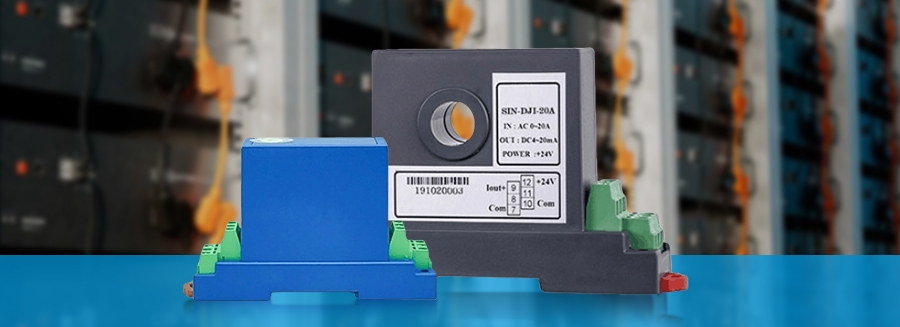DC Current Sensor
Open Loop Hall Effect Current Sensor, DC 0-50A/800A/1500A
Non Invasive DC Current Sensor, 0-20000A, 4-20mA Output
AC/DC Current Sensor, 1mA/20mA/1A to 5A
Current Sensor, DC 1mA/1A/100A to 800A, 110V/220V
Electrical Current Sensor, DC 1mA/20mA/0.1A/1A to 5A
The DC current sensor is a specialized device designed to measure direct current (DC) in electrical systems and convert it into a standardized output signal such as voltage, current, or digital communication. Utilizing advanced sensing technologies including Hall Effect, shunt resistor, or fluxgate principles, SUCH current sensor delivers accurate, real-time current measurements with high stability and electrical isolation.
Engineered for reliability and versatility, the DC current sensor is suitable for a wide range of applications, including electric vehicles, solar energy systems, industrial automation, and power distribution. Its compact design supports both PCB-mounted and DIN-rail installations, with flexible signal output options (0-5V, 4-20mA, RS485, etc.) for use in various control and monitoring systems.
Offering high accuracy, fast response time, and robust electrical isolation, the sensor is designed to enhance safety, enable system monitoring, and support efficient energy usage. It is widely used in EV battery monitoring, solar inverter protection, and industrial power diagnostics.
Key Benefits:
- Non-intrusive, electrically isolated DC current measurement
- High precision and low drift across wide temperature ranges
- Multiple signal output formats for system compatibility
- Suitable for real-time monitoring, protection, and control applications
- Compact structure, easy installation, and long-term stability

Working Principle
Let's take a look at the working principles of DC current sensors to help you make a better choice.
| Sensor Type | Description |
| Hall Effect Type | Uses a Hall element to detect the magnetic field generated by DC current and converts it into a voltage signal. Offers non-contact measurement, electrical isolation, and bidirectional current sensing. |
| Shunt Type | Measures voltage drop across a precision resistor through which the current flows. Simple design, low cost, and high accuracy, but lacks electrical isolation. |
| Opto-Isolated Type | Converts current signal into a voltage signal and transmits it via optocoupler for electrical isolation. Ideal for industrial environments with high electrical noise. |
| Fluxgate Type | Detects magnetic field changes using a fluxgate sensor for very high accuracy. Commonly used in medical equipment and scientific instrumentation where precision is critical. |
DC Current Sensor Solutions
| Customer Pain Point | How DC Current Sensor Solves It |
| Inaccurate current measurement | Uses high-precision Hall elements or shunt resistors to ensure <±1% error for reliable data output. |
| No electrical isolation, safety concerns | Offers full input-output isolation via Hall or opto-isolated design to enhance safety. |
| Difficult maintenance and fault detection | Enables real-time monitoring for early fault alerts and easier troubleshooting. |
| High power consumption and heat generation | Supports passive or low-power designs to reduce energy loss and thermal buildup. |
| Poor system compatibility | Provides multiple output options (0–5V, 4–20mA, RS485) for easy integration with control systems. |
| Complex or inflexible installation | Available in closed-loop, split-core, DIN-rail, and PCB-mount versions for easy installation. |















